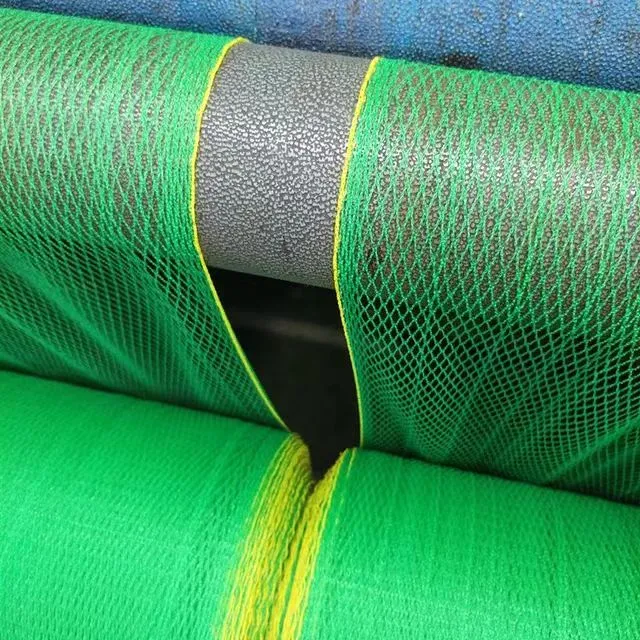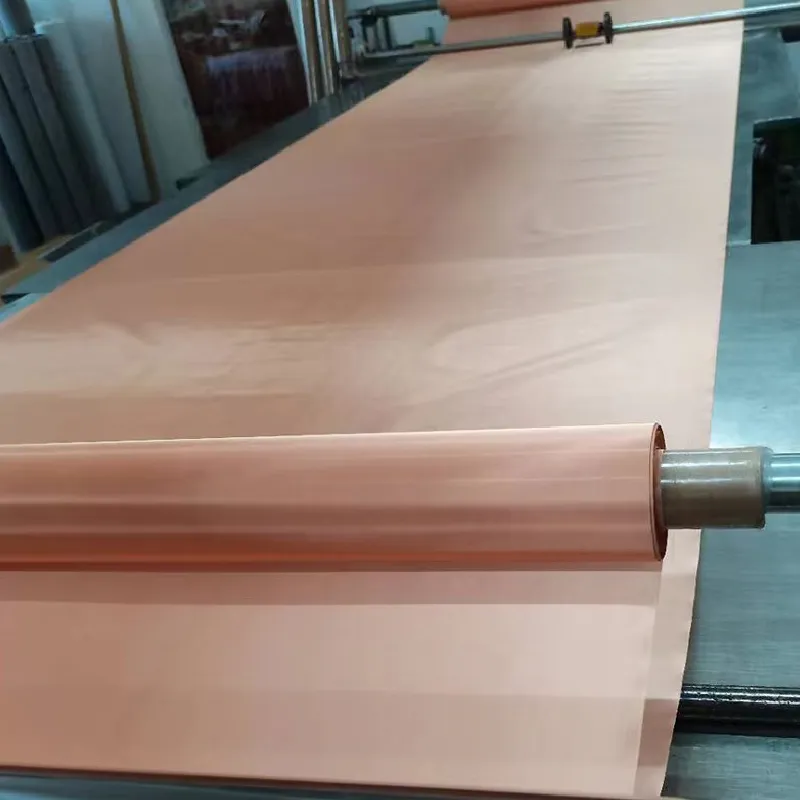-
 Afrikaans
Afrikaans -
 Albanian
Albanian -
 Amharic
Amharic -
 Arabic
Arabic -
 Armenian
Armenian -
 Azerbaijani
Azerbaijani -
 Basque
Basque -
 Belarusian
Belarusian -
 Bengali
Bengali -
 Bosnian
Bosnian -
 Bulgarian
Bulgarian -
 Catalan
Catalan -
 Cebuano
Cebuano -
 China
China -
 Corsican
Corsican -
 Croatian
Croatian -
 Czech
Czech -
 Danish
Danish -
 Dutch
Dutch -
 English
English -
 Esperanto
Esperanto -
 Estonian
Estonian -
 Finnish
Finnish -
 French
French -
 Frisian
Frisian -
 Galician
Galician -
 Georgian
Georgian -
 German
German -
 Greek
Greek -
 Gujarati
Gujarati -
 Haitian Creole
Haitian Creole -
 hausa
hausa -
 hawaiian
hawaiian -
 Hebrew
Hebrew -
 Hindi
Hindi -
 Miao
Miao -
 Hungarian
Hungarian -
 Icelandic
Icelandic -
 igbo
igbo -
 Indonesian
Indonesian -
 irish
irish -
 Italian
Italian -
 Japanese
Japanese -
 Javanese
Javanese -
 Kannada
Kannada -
 kazakh
kazakh -
 Khmer
Khmer -
 Rwandese
Rwandese -
 Korean
Korean -
 Kurdish
Kurdish -
 Kyrgyz
Kyrgyz -
 Lao
Lao -
 Latin
Latin -
 Latvian
Latvian -
 Lithuanian
Lithuanian -
 Luxembourgish
Luxembourgish -
 Macedonian
Macedonian -
 Malgashi
Malgashi -
 Malay
Malay -
 Malayalam
Malayalam -
 Maltese
Maltese -
 Maori
Maori -
 Marathi
Marathi -
 Mongolian
Mongolian -
 Myanmar
Myanmar -
 Nepali
Nepali -
 Norwegian
Norwegian -
 Norwegian
Norwegian -
 Occitan
Occitan -
 Pashto
Pashto -
 Persian
Persian -
 Polish
Polish -
 Portuguese
Portuguese -
 Punjabi
Punjabi -
 Romanian
Romanian -
 Russian
Russian -
 Samoan
Samoan -
 Scottish Gaelic
Scottish Gaelic -
 Serbian
Serbian -
 Sesotho
Sesotho -
 Shona
Shona -
 Sindhi
Sindhi -
 Sinhala
Sinhala -
 Slovak
Slovak -
 Slovenian
Slovenian -
 Somali
Somali -
 Spanish
Spanish -
 Sundanese
Sundanese -
 Swahili
Swahili -
 Swedish
Swedish -
 Tagalog
Tagalog -
 Tajik
Tajik -
 Tamil
Tamil -
 Tatar
Tatar -
 Telugu
Telugu -
 Thai
Thai -
 Turkish
Turkish -
 Turkmen
Turkmen -
 Ukrainian
Ukrainian -
 Urdu
Urdu -
 Uighur
Uighur -
 Uzbek
Uzbek -
 Vietnamese
Vietnamese -
 Welsh
Welsh -
 Bantu
Bantu -
 Yiddish
Yiddish -
 Yoruba
Yoruba -
 Zulu
Zulu
Feb . 17, 2025 15:52
Back to list
steel wire cloth
Steel wire cloth is an essential material playing a pivotal role in numerous industries worldwide. With a legacy that speaks volumes of its versatility and robustness, this product stands out uniquely in both its range of applications and the technicality it demands in production. Whether you are a connoisseur of industrial materials or a curious consumer, the intricacy and finesse behind steel wire cloth will captivate your attention.
In terms of expertise, the choice of material for the wires—stainless steel, carbon steel, or galvanized steel—directly influences performance outcomes. Each variant brings with it a set of properties that affects its suitability for different industrial environments. For instance, stainless steel wire cloth, known for its corrosion resistance, is predominantly used in settings where exposure to moisture and chemicals is frequent. Such nuanced knowledge underscores the need for experts who can guide clients in making optimal choices based on empirical understanding and real-world case studies. Trustworthiness is integral to the steel wire cloth industry. As these materials often play critical roles in safeguarding operational integrity—such as preventing contaminants in food production or maintaining precise particle separation in pharmaceuticals—there can be no compromise on quality. Reputable manufacturers uphold their credibility through certifications from recognized bodies, offering clients assurance of the product’s reliability and performance under demanding conditions. Ultimately, the uniqueness of steel wire cloth in the global market stems from this synergy of experience, expertise, authority, and trust. The material has morphed from a simple woven structure to an indispensable component across diverse sectors, powered by innovation and a deep-rooted understanding of its applications. In summary, steel wire cloth is more than just a product; it is a testament to human ingenuity and precision engineering. Its place in the industrial ecosystem is not merely as a commodity, but as a cornerstone that upholds efficiency, safety, and quality across countless applications. Embracing both historical craftsmanship and futuristic technology, it remains a true marvel of modern material science.


In terms of expertise, the choice of material for the wires—stainless steel, carbon steel, or galvanized steel—directly influences performance outcomes. Each variant brings with it a set of properties that affects its suitability for different industrial environments. For instance, stainless steel wire cloth, known for its corrosion resistance, is predominantly used in settings where exposure to moisture and chemicals is frequent. Such nuanced knowledge underscores the need for experts who can guide clients in making optimal choices based on empirical understanding and real-world case studies. Trustworthiness is integral to the steel wire cloth industry. As these materials often play critical roles in safeguarding operational integrity—such as preventing contaminants in food production or maintaining precise particle separation in pharmaceuticals—there can be no compromise on quality. Reputable manufacturers uphold their credibility through certifications from recognized bodies, offering clients assurance of the product’s reliability and performance under demanding conditions. Ultimately, the uniqueness of steel wire cloth in the global market stems from this synergy of experience, expertise, authority, and trust. The material has morphed from a simple woven structure to an indispensable component across diverse sectors, powered by innovation and a deep-rooted understanding of its applications. In summary, steel wire cloth is more than just a product; it is a testament to human ingenuity and precision engineering. Its place in the industrial ecosystem is not merely as a commodity, but as a cornerstone that upholds efficiency, safety, and quality across countless applications. Embracing both historical craftsmanship and futuristic technology, it remains a true marvel of modern material science.
Next:
Latest news
-
Shipping Plastic Bags for Every NeedNewsJul.24,2025
-
Safety Netting: Your Shield in ConstructionNewsJul.24,2025
-
Plastic Mesh Netting for Everyday UseNewsJul.24,2025
-
Nylon Netting for Every UseNewsJul.24,2025
-
Mesh Breeder Box for Fish TanksNewsJul.24,2025
-
Expanded Steel Mesh Offers Durable VersatilityNewsJul.24,2025











